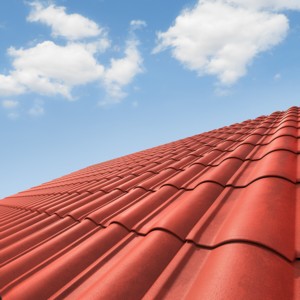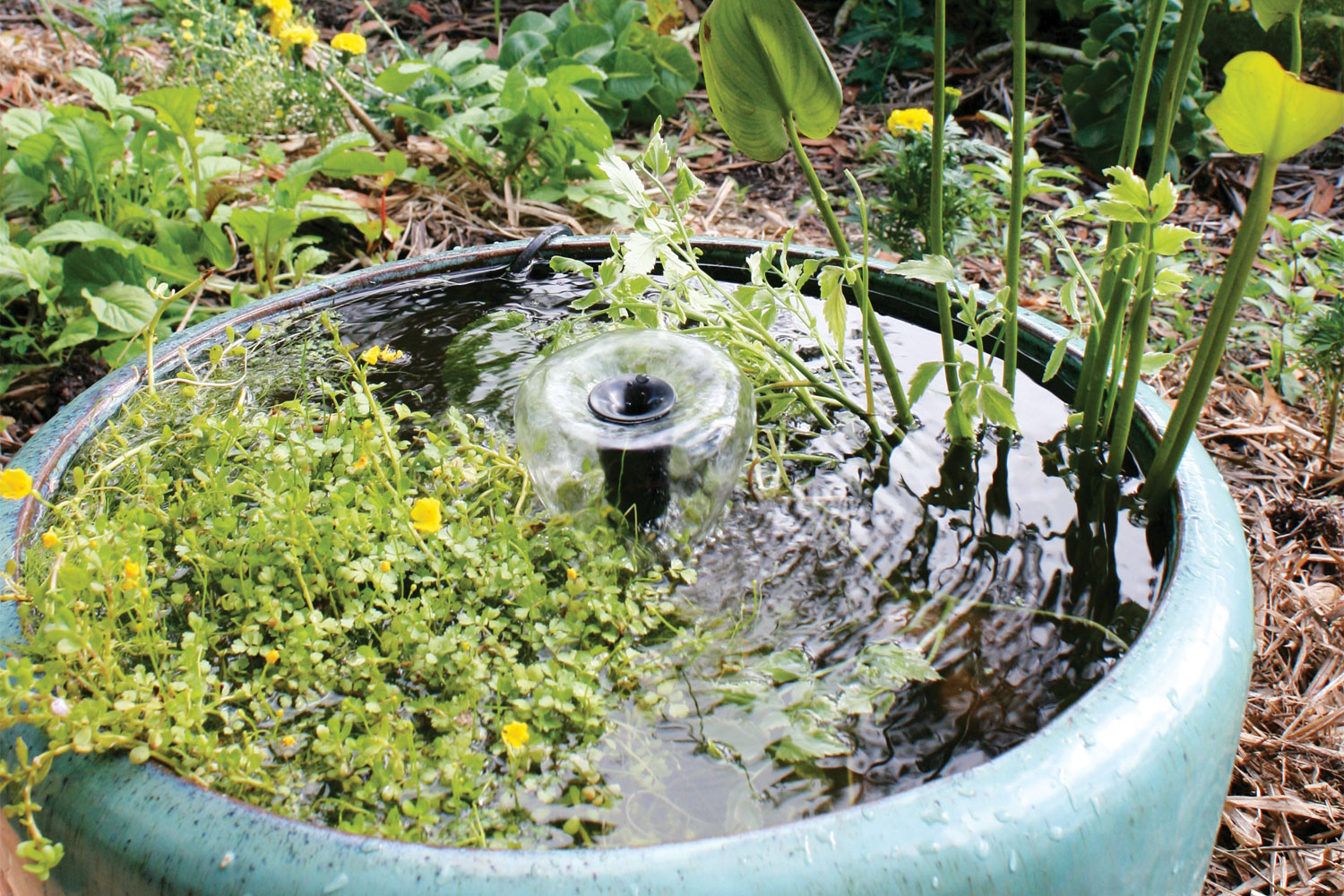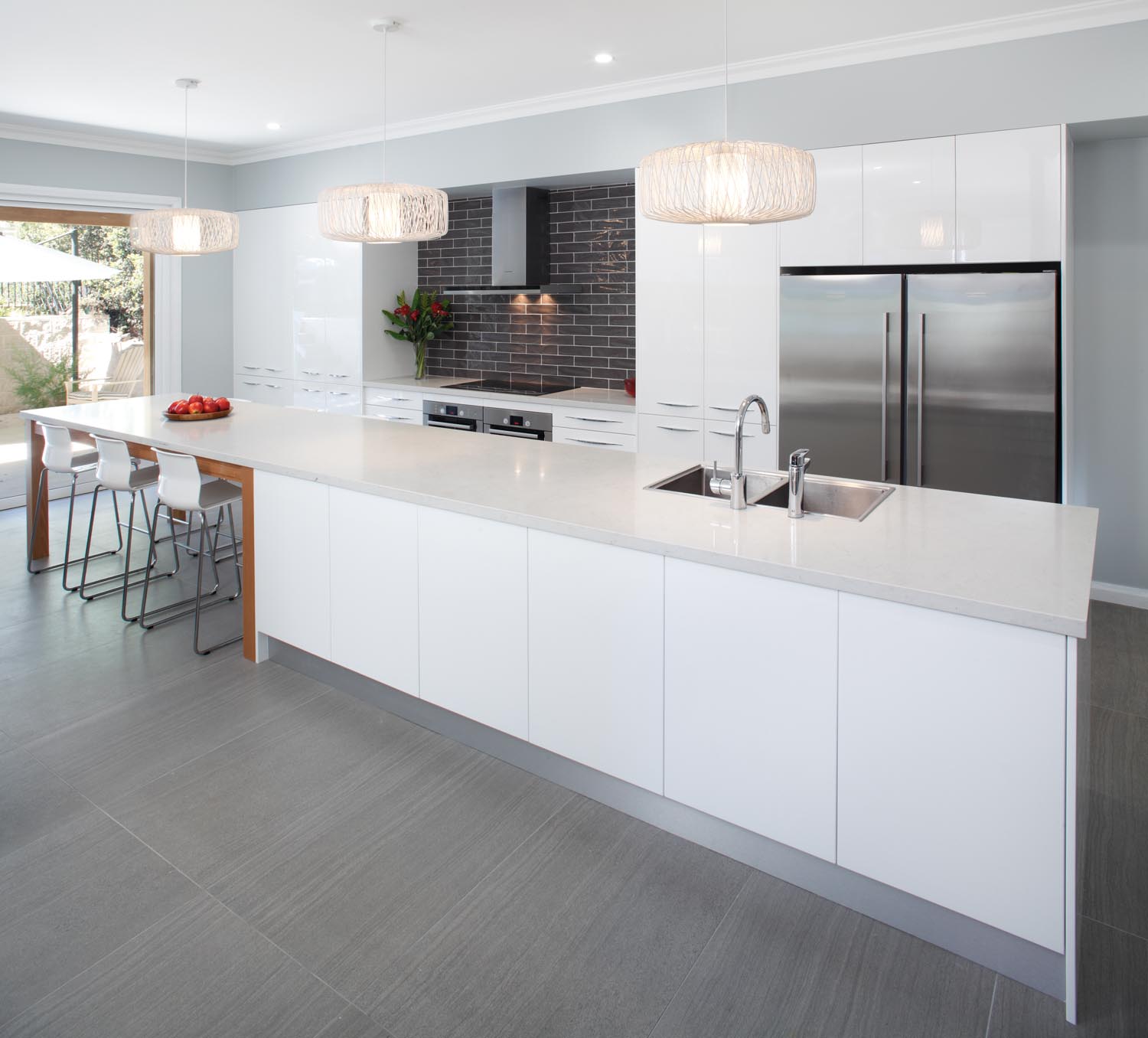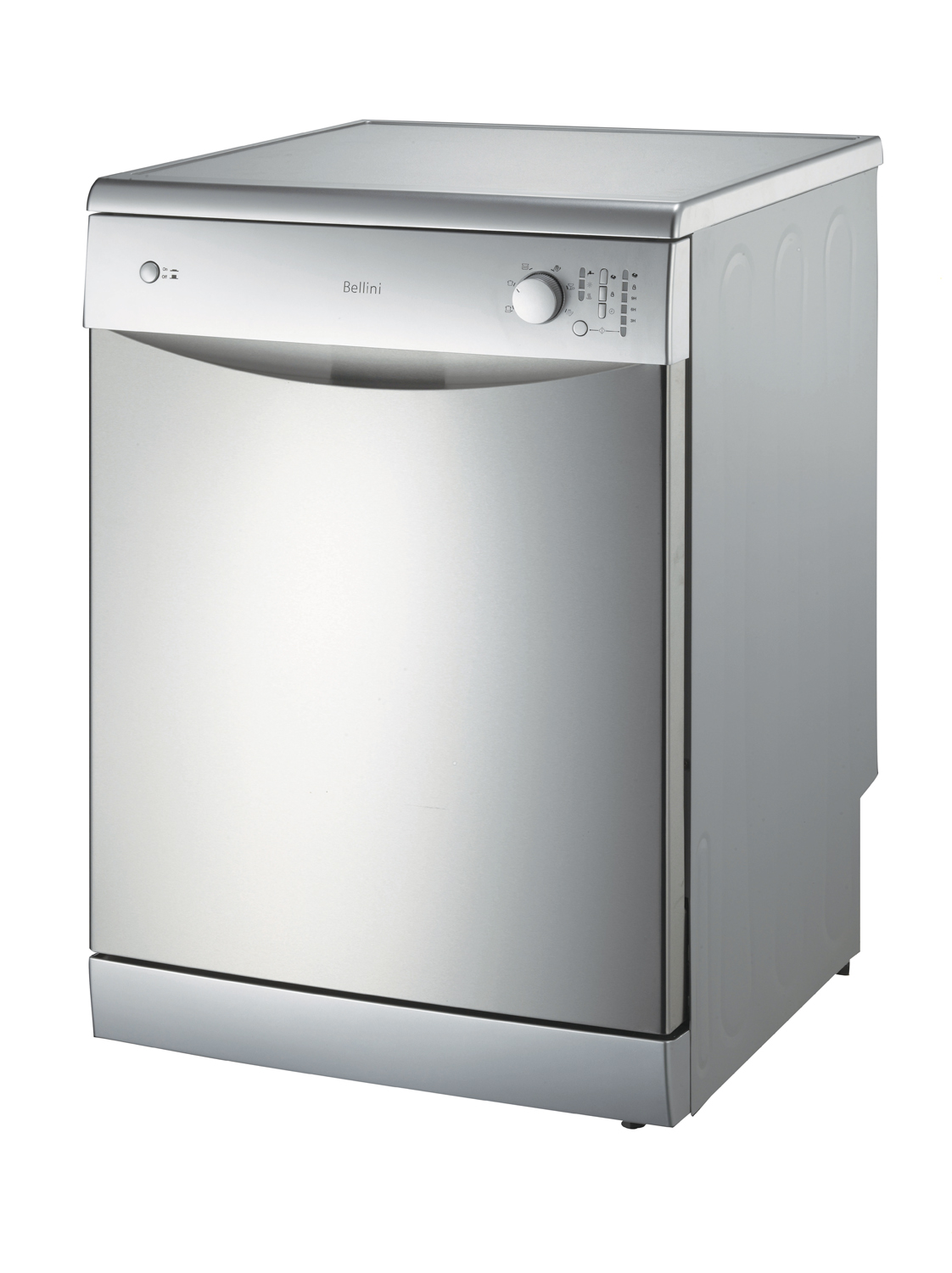Most of us rarely think of the roof, until it starts to leak. Then we realise how critical it is. The roof is literally what stands between your home and the elements.
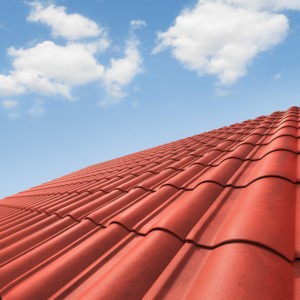
According to CSR Roofing, your roof represents around five per cent of the total value of your house, while it protects the other 95 per cent. Choosing a roof is an important decision — your choice of roof will affect you while living under it, plus it will have a significant effect on the re-sale value of your home.
If your roof has been leaking or is in an obvious state of disrepair, the question most likely going through your head is, should I repair or replace it? There are several things you will need to consider when trying to make this decision, but as a guideline, if more then 30 per cent of the roof is damaged, you should consider replacing the entire roof.
Additionally, if your roof damage occurred as a result of a severe storm or cyclone, you should certainly consider replacing the entire roof as there can often be damage you cannot see. A couple of clues that would indicate your roof requires repairs are if the walls and ceilings in your home have moisture marks on them, and if the paint on your walls and ceilings are peeling.
As well as keeping your house dry, your roof also contributes greatly to the overall look of your house. If you are planning on re-roofing as part of your renovation, you need to consider how a new roof will impact the look of the house. This will come down to the materials you use, the shape (profile) of the roof and the colour you choose. Before you erect a new roof or renovate your existing one, check with your local council regarding their regulations as some councils only allow certain materials in certain colours.
Types of roofing
In terms of materials used in Australia and New Zealand, both concrete and terracotta roof tiles are the most popular choices as they are strong, hardwearing and durable. They are also extremely weather resistant, which is obviously important. Good roof tiles should be able to handle high wind conditions, though this will also depend on the fixing of the tiles. Concrete and terracotta tiles also provide good thermal insulation in all types of weather, as well as good sound insulation. Roof tiles are also quiet when it rains or hails compared to metal roofs.
Another important consideration when choosing roofing materials is the strength and direction of the wind where your house is situated, meaning the weight of your roof is important. Concrete and terracotta tiles provide the best size-to-weight ratio and in most cases will withstand the worst that nature can throw at it with minimal damage.
Steel roofing is the other popular roofing choice in Australia. Types of steel roofs include treated zinc-aluminium, such as Colorbond, and untreated zinc-aluminium. Steel roofs can be very attractive and are definitely on the increase, plus they are flexible and also great for our harsh weather conditions.
Guttering
Another important component of your roof and one that needs to be carefully considered is guttering. There’s a wide variety of options available to suit different roofs and different requirements. It’s also a good idea to get a gutter protection system that will protect your guttering from debris.
Roof pitch
One of the most important decisions is choosing the pitch of your roof. Roofs that are too steep tend to make a home look top-heavy, but roofs that are too low tend to make a home look boxy or bottom-heavy.
Functionally, the steeper the roof angle, the quicker the water will run off. It’s important in wet and windy conditions because if the water is moving slowly from your roof, there’s more chance the wind will blow it up between the tiles and into your roof, causing leaking and potential damage.
Roof tiles can either have a channelled or a flat profile — the channelled varieties help the water run off quickly by providing a natural watercourse. If the pitch of your roof is relatively shallow, it is perhaps a good idea to use sarking for added performance if you are choosing a flat profile, for instance less than 22 degrees.
The roofing slope is also a major safety consideration; you and roof workers should not risk life and limb to work on your roof. Obviously the steeper the roof, the more hazardous it is. Your roof should be relatively simple to work on; for instance, you shouldn’t require scaffolding or mountain climbing equipment.
Weather- and hail-resistant roof tiles
With the recent increase in wild weather, including storms and cyclones, and extreme weather forecasts on the increase, it is increasingly important to consider the weatherproof characteristics of your roof. The Australian insurance industry has called for a roofing product durable enough to weather any storm to reduce costs caused by hail and storm damage.
One such company that is responding to this requirement is Barrington Roof Tiles, providing a lightweight yet high-strength fully designed roofing system that combines natural slate with the benefits of modern technology, including weatherproof characteristics such as hail and UV resistance.
According to managing director of Barrington Roof Tiles, Brian Hughes, “Most damage to roofs during the summer storm season was caused by hail and strong winds, yet with Barrington Roof Tiles, both hail and debris such as tree branches bounce straight off, leaving the tiles and roof intact.”
Climate control roofing
Climate change and the impact that buildings are having on the environment are issues that are becoming more important in the Australian market, with moves to improve the energy efficiency of homes to help reduce the impact of construction on the environment and ultimately reduce energy bills.
As a practical response to these environmental concerns, BlueScope Steel has recently introduced the next generation of COLORBOND® steel, which now incorporates new Thermatech® technology to help absorb less of the sun’s heat, therefore keeping the roof space cooler and providing greater thermal comfort.
Insulation
The Sisalation® products available from Fletcher Insulation in the Metal Roof End Use Category™ are increasingly popular as they are specifically recommended for installation under metal roofs. Sisalation® has been manufactured in Australia for more than 50 years, with the Sisalation range of reflective foil laminates proven to improve energy efficiency and reduce greenhouse gas emissions, while providing protection against elements such as wind, dust, rain and condensation.
For More information:
CSR Roofing
www.csrroofing.com.au
Stramit
www.stramit.com.au
Colorbond
www.colorbond.com
Fletcher Insulation
www.insulation.com.au
Barrington Roof Tiles
www.barringtonrooftiles.com.au
Master Roof Tilers & Slaters Association of NSW
www.roofingassociation.com.au
Stellar Concepts Australia
www.stellar.net.au
